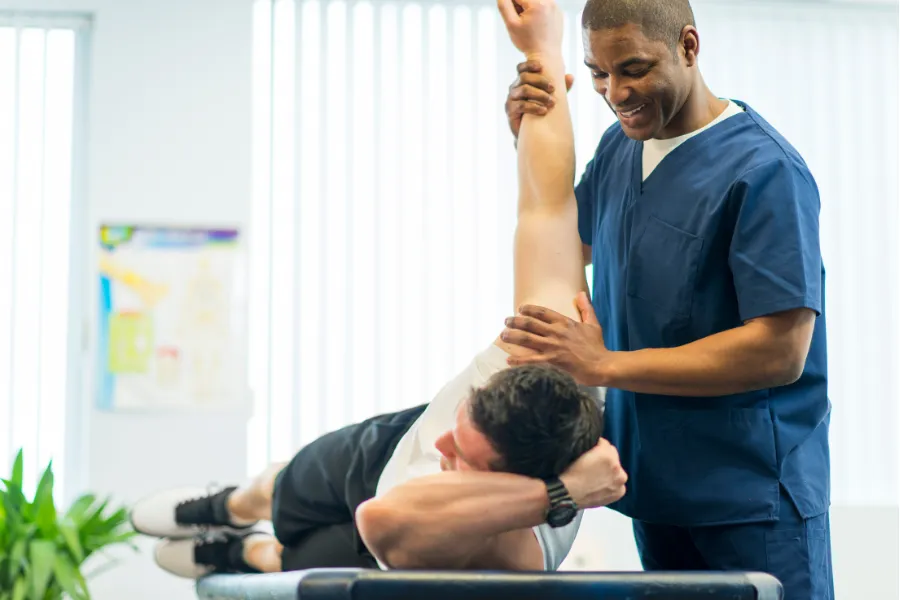Is Juvenile Arthritis a Real Threat?
When someone says the word “arthritis,” what pops into your mind? Do you ever consider children and arthritis?
It’s estimated about 294,000 American children under the age of 18 have arthritis or other rheumatic conditions, according to the National Institute of Arthritis and Musculoskeletal and Skin Diseases. That’s about 1 in 250 children, according to the CDC.
What is juvenile arthritis and what causes it?
Arthritis is an autoimmune disease that destroys joints, bones, muscles, cartilage and other connective tissues making physical movement difficult. Juvenile arthritis is a term used to describe any autoimmune and inflammatory condition that develop in children under the age of 18.
Types of juvenile arthritis include:
- Juvenile Idiopathic Arthritis – the most common form of arthritis
- Juvenile dermatomyositis – an inflammatory disease
- Juvenile Lupus – an immune disease
- Juvenile scleroderma – a skin hardening condition
- Fibromyalgia – a chronic pain syndrome
Scientists don’t know what causes arthritis or why it happens.There is no evidence that toxins, foods or allergies cause juvenile arthritis, but some research points toward a genetic predisposition.
A child might have juvenile arthritis if they have the following symptoms:
- Joint swelling, pain and stiffness
- Limited movement in a joint because of swelling
- Limping in the morning because of a stiff knee
- Swelling in lymph nodes
If you think your child has juvenile arthritis, you should take them to a doctor for diagnosis and treatment.
What are the effects of juvenile arthritis and what are the treatment options?
Juvenile arthritis will likely cause physical pain in a child. While doctors will encourage children to stay physically active, sometimes the pain may be too much during a flare and they will have to decrease activity. Children may also have emotional pain as well, and it is not uncommon for a child to be angry or sad they have arthritis.
Remaining physically and socially active is a key part of the treatment plan for children with juvenile arthritis. Doctors may prescribe treatments to reduce swelling, maintain joint movement and relieve pain such as therapy, medication, splints or a combination of those things.
How can a physical or occupational therapist help?
Exercise helps maintain muscle tone and preserve and recover joint range and function. A physical therapist can help create an exercise program for a child with juvenile arthritis. They can help set fitness goals for a child that address their physical limitations..
An occupational therapist will be able to teach a child ways to protect joints, minimize pain and conserve energy. They can teach children how to perform routine daily tasks, such as getting dressed and eating, more easily.
Both physical therapists and occupational therapists teach children ways to strengthen their joints and live beyond the pain of juvenile arthritis.



